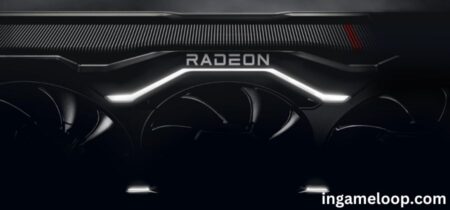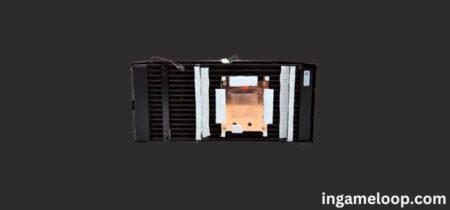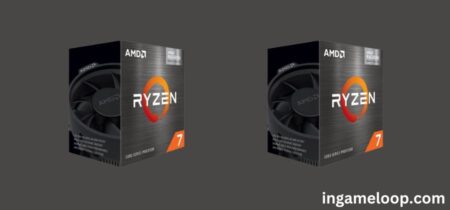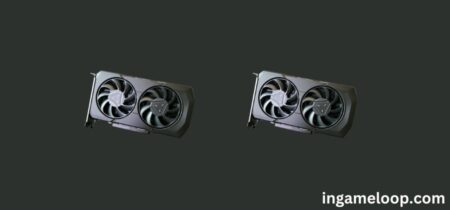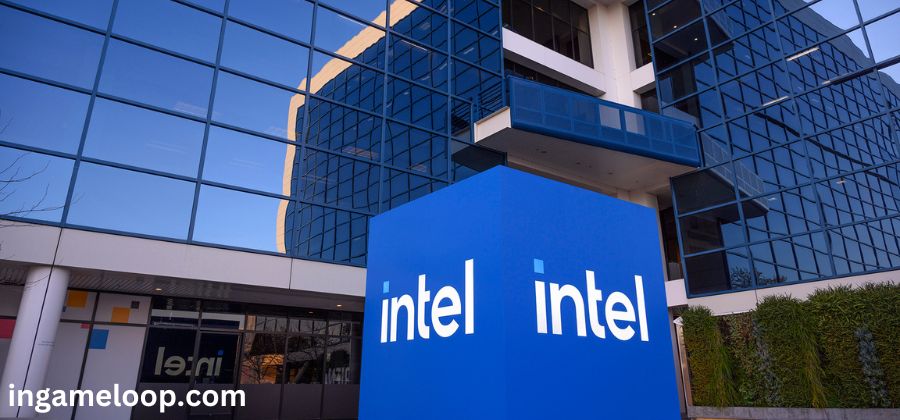
In a rare display of candor, Intel CEO Pat Gelsinger opened up about the company’s missteps and challenges in a recent interview with technology news outlet Digit. With a background deeply rooted in engineering, Gelsinger offered a candid assessment of Intel’s performance in various key areas.
One of the most glaring shortcomings, according to Gelsinger, was Intel’s inability to gain traction in the smartphone market. Despite earnest efforts to develop the Atom range of low-powered CPUs, they failed to match the efficiency of RISC-based Arm System on Chips (SoCs). This left Intel on the sidelines of the burgeoning smartphone industry, a missed opportunity that could have significantly altered the company’s trajectory had it succeeded.
Another significant stumble was the cancellation of the Larrabee project in 2009. Larrabee aimed to create a versatile general-purpose compute GPU and consumer graphics card family, marrying elements of x86 architecture with GPU parallelism and graphical functionality.
At the time, the GPU market was primarily focused on graphics applications, and the General-Purpose GPU (GPGPU) market had yet to reach its current dominance, with Nvidia leading the charge. Gelsinger suggested that had Intel persevered with Larrabee, they could have been better positioned to meet the computational demands of today’s burgeoning artificial intelligence (AI) applications.
Gelsinger’s revelations shed light on Intel’s strategy and direction in recent years. He acknowledged that Intel had been fundamentally biased towards prioritizing the development of state-of-the-art foundries. This singular focus on manufacturing prowess may have come at the expense of product innovation, ultimately leading to challenges with Intel’s 10nm node.
The company’s aggressive development timelines, as exemplified by its Tick-Tock strategy, may have contributed to these hurdles. This approach involved releasing new microarchitectures followed by rapid die shrinks, which were eventually abandoned after the 6th Generation Skylake family.
Subsequent generations, including Kaby Lake (7th Gen), Coffee Lake and Coffee Lake refreshes (8th and 9th Gen), and Comet Lake (10th Gen), were all manufactured using the 14nm process. During this period, competitors like TSMC gained a lead in manufacturing capabilities, and AMD made a significant resurgence with the introduction of the Ryzen series.
Despite these candid admissions, Gelsinger remains resolute in his commitment to forging ahead with Intel’s foundry plans. However, this time around, the company is adopting a more inclusive approach, opening its doors to customers and creating new avenues for revenue.
Gelsinger’s forthrightness serves as a reminder that no company, regardless of its stature, is immune to challenges and the need for introspection. Had different decisions been made in the past, the technology landscape might look markedly different today, with Intel-derived processors dominating the smartphone market, and potential shifts in the competitive dynamics of the desktop and high-performance computing markets. While these scenarios remain hypothetical, they underscore the importance of adaptability and strategic decision-making in an ever-evolving industry.
Gelsinger’s candid revelations provide valuable insights into Intel’s recent history, offering a glimpse into the challenges faced by one of the tech industry’s titans. His frank assessment of Intel’s past missteps demonstrates a willingness to learn and adapt, ultimately paving the way for a more resilient and competitive future.
Related:
Intel Arc A580 8 GB Graphics Card Officially Launched: Aiming 1080p Gaming Masses At $179
Intel to launch 13th Gen Core non-K CPUs and B760 motherboards on January 3rd, 2023
Russian CPU Tested Against Intel and Huawei Processors Fails to Impress




